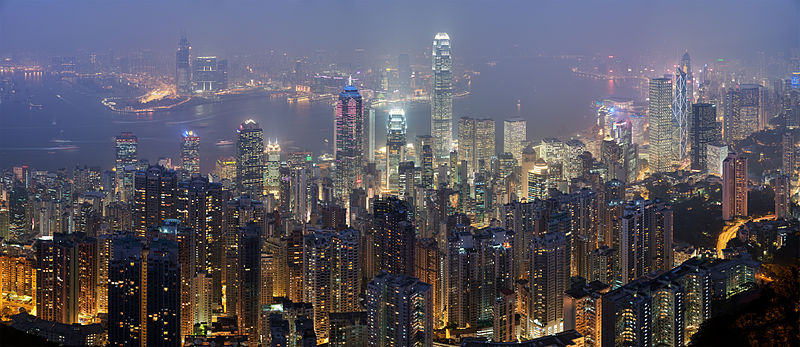Philips shatters LED efficiency record


Royal Philips Electronics claims to have doubled the efficiency of decent quality LED bulbs, which are already highly efficient compared to conventional incandescent bulbs.
The development means that LEDs could finally boot out fluorescents from commercial office buildings. Fluorescents are roughly as efficient as LEDs but are a lot less expensive, so building owners have continued to opt for them even though they pose environmental hazards and don't last as long as LEDs reputedly do.
The extra energy saving from the new bulb could tip buyers towards LEDs. It could also dent the world's CO2 footprint, to which office lighting is a huge contributor. The Dutch company noted that in the U.S. alone, replacing office fluorescents with the new light would save the annual output of 50 medium-sized power plants, $12 billion in bills, and 60 million metric tons of CO2 emissions.
Philips did not state a price for the new bulb, called the TLED.
It said in a press release that the bulb will reach the market in 2015 "for office and industry application before ultimately being used in the home." It sounds like the TLED will initially be too pricey for home use, where bulbs prices have plummeted from what was $40 and more, to under $10.
The TLED will produce 200 lumens per watt (lm/W), double the 100 lm/W for fluorescents (and for other LEDs), and trouncing the 15 lm/W for incandescents, Philips said. LEDs are generally believed to require only 20 percent or less of the electricity consumed by incandescent bulbs.
While at least one other LED manufacturer - Cree - has announced a 200 lm/W bulb, Philips claims that the TLED is the only one that offers a decent quality, "warm" hue. Critics have noted that LED light is harsher than incandescents, although it is warmer than fluorescents.
Companies like Philips are continuously improving light quality.
With the TLED, "if you walk into the room, you don't say, 'what a funny lamp'," Philips Lighting executive Rene Van Schooten told AP, as reported by India's The Economic Times.
Photos: Hong Kong from Diliff via Wikimedia. Coen Liedenbaum from Philips.
Light up more LED stories on SmartPlanet:
- Is LED light quality improving?
- The LED price tipping point is here
- The key to LED brightness: Graphene
- Hasta la vista, incandescent light bulbs!
- For $30, the world’s most energy efficient light bulb
- Another myth of LED energy savings
- Goodbye LEDs, hello plastic bulbs?
- The myth of LED energy savings
- More LED truths and half-truths
- When good lights go bad: LED breakdown
- The hot and cold of LED lighting
This post was originally published on Smartplanet.com